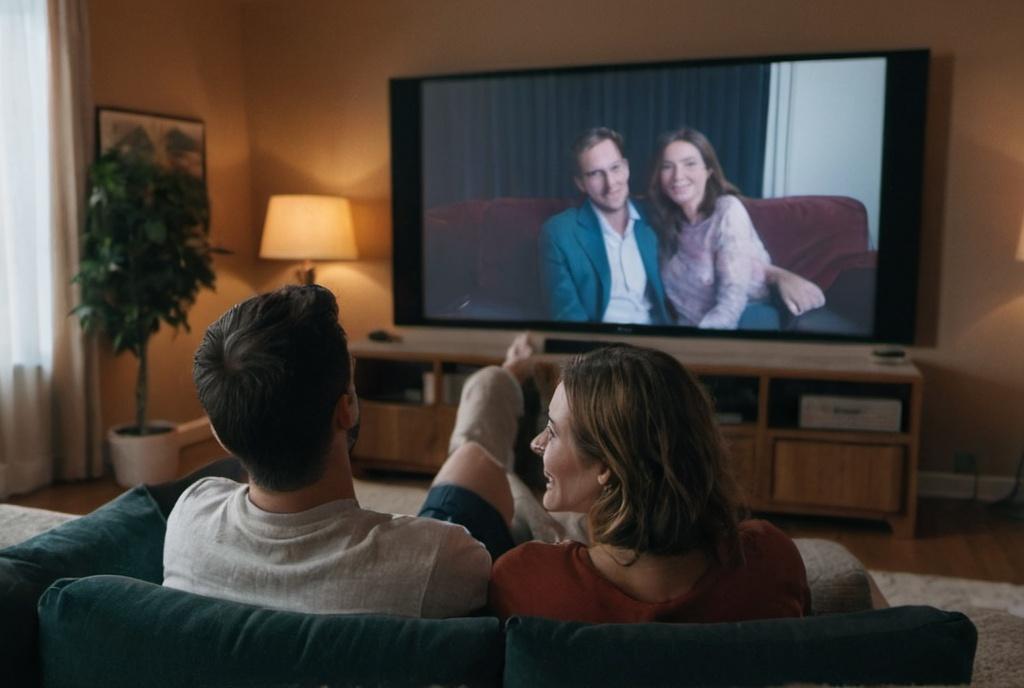
Key Take Aways About green screen techniques
- Green screens enable digital backgrounds, transforming cinematic scenes.
- Green is used for its contrast, aiding in digital separation from subjects.
- Chroma keying software replaces green pixels with desired backdrops.
- Accessible technology lets indie filmmakers and YouTubers utilize green screens.
- Investment potential exists as demand for effects in streaming content grows.
- Real locations sometimes offer more authenticity than green screens.
- Acting on a green screen can be challenging for performers.
- Green screens are integral in modern storytelling, making the impossible possible.

Green Screen Techniques: A Cinematic Magic Trick
The magic of cinema often lies in its ability to transport audiences to places they could never visit in real life. A vital component in this illusion is the green screen, a simple backdrop that can unleash a world of possibilities on screen. This technique operates by filming actors against a green background which can later be digitally replaced with any other scene—a bustling cityscape, a serene countryside, or even the surface of Mars.
Why Green? A Color Choice with Purpose
The reason green was chosen over other colors is quite practical. It’s all about contrast. Most people don’t walk around with a natural shade of vivid green in their skin tone, thus making it easier for software to distinguish between the background and the subject. Blue screens were used before, but with the advent of digital cameras, green proved to be the better option due to its brightness and because it requires less light than blue.
A Peek Into The Past
Using a backdrop for special effects isn’t exactly a new idea. Back in the early days of cinema, films used matte paintings to create expansive environments. Then came the 1940s with a method called “travelling matte.” Fast forward to today, and the technique has turned digital, with CGI taking the center stage. Sometimes, the green screen itself has become quite the star at behind-the-scenes blooper reels, with actors dramatically leaping or swooning before the unassuming backdrop.
The Technical Stuff, Simplified
The magic actually happens in post-production. Once the footage is shot, technicians use a software process called “chroma keying.” If you’ve ever awkwardly attempted a DIY paint job, think of this as the digital version of masking tape. The software scans the video for the green pixels and replaces them with the desired background. Easy peasy, right? Well, it’s more of a fine art, requiring precision and sometimes a little luck—like when the actor wears a green shirt. Whoops.
Real-World Applications
And we’re not just talking about blockbusters here. Television news? Yep, they use this to project your local weatherman into that animated forecast map. Even independent filmmakers and YouTubers have gotten in on the action. Accessibility to budget-friendly software and equipment has democratized green screen usage. You no longer need the budget of a Hollywood studio to create effects that make viewers gaze in awe.
Investing in Green Screen Technology
This tech isn’t just cinematic wizardry; it’s got investment potential too. With streaming services pumping out new content like rabbits on caffeine, the demand for high-quality special effects skyrockets. Innovative companies that develop new chroma keying software or produce high-grade screens are attractive candidates for savvy investors. Keeping an eye on industry trends and upcoming projects can lead to lucrative investment choices in this sector.
Know the Limitations
Despite its versatility, the green screen isn’t always the best option. Sometimes, real locations provide a visual authenticity that technology can’t replicate. For actors, acting across a green void, rather than interacting with set pieces, can make performances challenging. And while post-production tech is super sophisticated, errors do happen. Ever spot a rogue green outline in a scene? That’s called “green spill,” and it’s a bit of a bummer, but even in the biggest budget films, it makes an occasional cameo.
Wrap-Up: The Green Screen in Today’s Cinema
In today’s cinema, green screens are more than just a tool—they’re a cornerstone of creating worlds that captivate and entertain. While it requires expert handling and a touch of creativity, when done right, it can turn the impossible into reality. Whether you’re a filmmaker, an investor, or just a movie buff, the green screen remains an intriguing topic. It whispers possibilities, beckoning storytellers of all kinds to imagine just what could be lurking behind the green.



